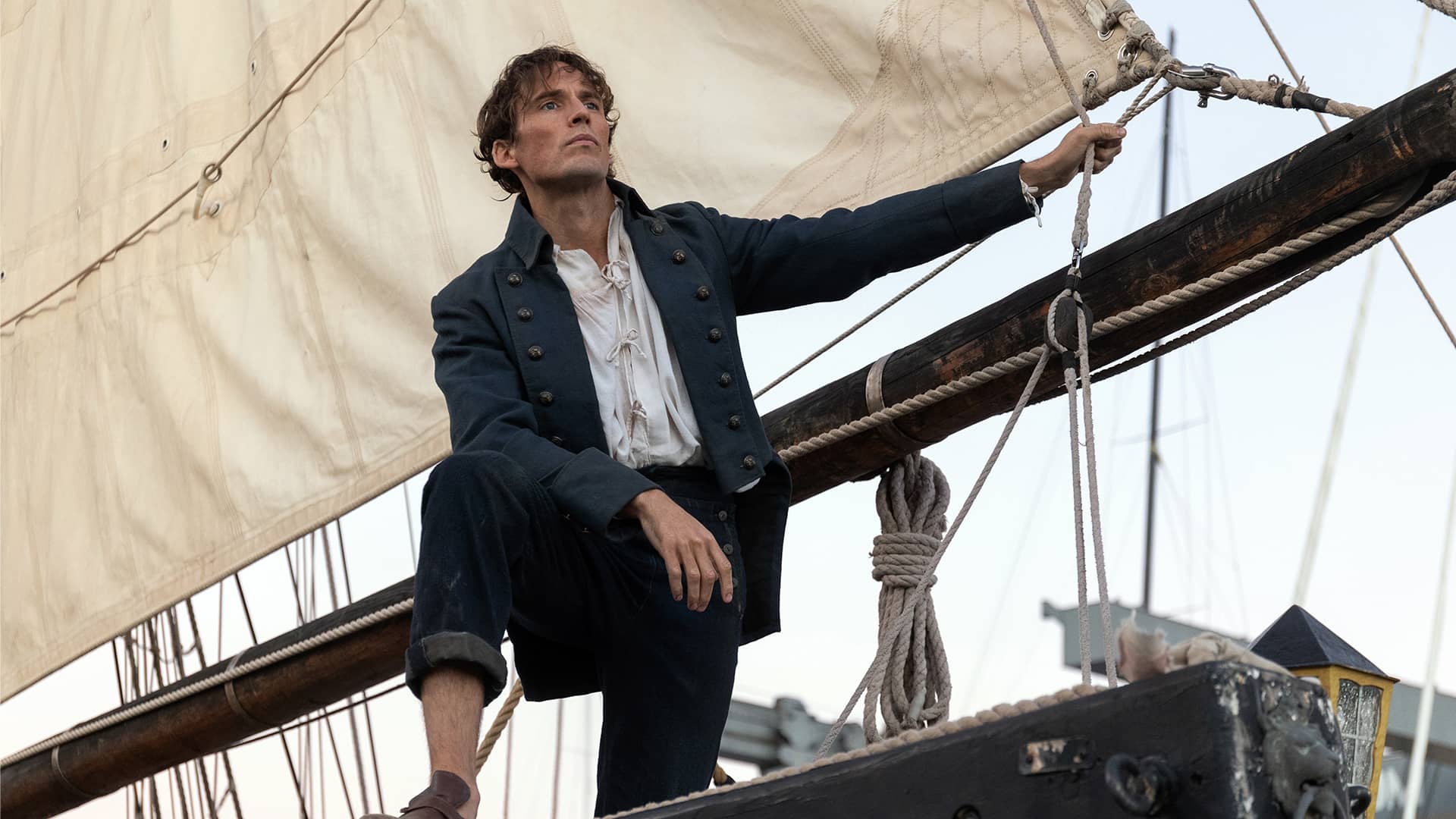How expensive is it for one of the world’s largest tech companies to secure control of the world’s most famous spy? About $20 million.
In February, Amazon announced that it had struck a deal with Barbara Broccoli and Michael G. Wilson,…

How expensive is it for one of the world’s largest tech companies to secure control of the world’s most famous spy? About $20 million.
In February, Amazon announced that it had struck a deal with Barbara Broccoli and Michael G. Wilson,…

Taylor Swift’s latest studio album, The Life of a Showgirl, has just enjoyed a second week on top of the Billboard charts, after smashing all-time sales records on its debut.
In the United States alone, it sold more than four million…


CALIFORNIA – Suzanne Somers may have died two years ago, but her husband of 55 years says he has a unique plan to keep her memory alive. Alan Hamel told People magazine that he’s been working on an artificial intelligence clone of his late…

Art Market
Installation view of Marian Goodman Gallery’s booth at Art Basel Paris 2025. Photo by Rebecca Fanuele. Courtesy of Marian Goodman Gallery.
When is an art fair VIP day not an art fair VIP day? When it’s an “Avant Première,”…

The Centre Pompidou, a central fixture in the Parisian art scene, closed its doors on September 22 for a five-year major renovation. In a spectacular farewell, the museum, alongside mega-gallery White Cube, put on “The Last…

If you’re a fan of epic revenge stories, classic literature adaptations and drama with spectacular visuals, you will…

Yes, baby, Madison Beer has announced the release date for her upcoming album, Locket, which will arrive in January 2026.
Beer made the news official via Instagram on Wednesday (Oct. 22), while also revealing the project’s cover art,…

The NFL is not considering dropping Bad Bunny as its Super Bowl half-time headline performer, commissioner Roger Goodell said Wednesday, reaffirming a decision to put the Grammy-winning Puerto Rican artist on the league’s biggest stage that led…